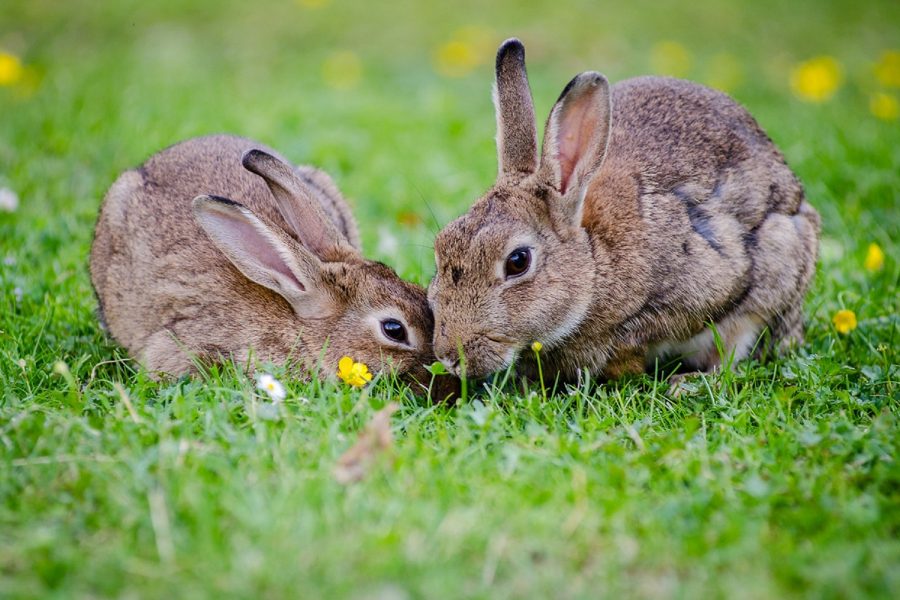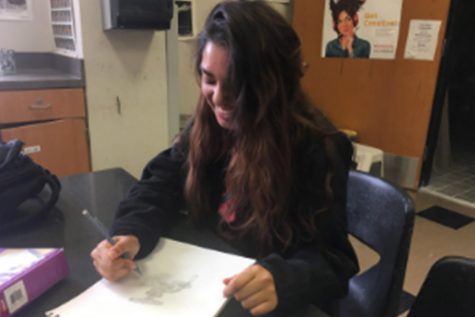Aniket Matharasi
This week’s Artistic Expressions student is oboist Aniket Matharasi.
Grade: 11th
Instrument: Oboe
Future College: Hopefully Stanford
Future Job: Executive Position in a Fortune 500 Company
Years playing: 5
Inspiration: My older brother
Favorite Musician: Frank Sinatra/Alicia Keys
Wingspan: What made you choose the oboe?
Matharasi: “I really can’t put my finger on what about it is so appealing to me, but I know that from the first time I tried it out in 6th grade, I just knew it was the instrument for me.”
Wingspan: When did you learn of your interest in music? When did you discover your talent? How has that changed you?
Matharasi: “To be honest, I was the least musically inclined person ever until I picked up the oboe in 6th grade, but eventually I kind of came to realize that I had a musical mind. It has definitely helped me evolve as a person and taught me the importance of never settling for mediocrity.”
Wingspan: How do you prepare for a concert?
Matharasi: “I play through all the tough parts of the pieces to make sure that I can play them, and then I settle in and relax.”
Wingspan: How do you handle mistakes during a performance?
Matharasi: “Just like in anything, if you make a mistake, you have to keep going and push forward, so you don’t let it affect everything after it. The show must go on.”
Wingspan: How does band affect your everyday life?
Matharasi: “Well band, without a doubt, is a huge time commitment, but it teaches you important lessons like time management and prioritization. However, I’ve found that it really doesn’t affect my everyday life that much, because it’s grown to be a part of my daily routine that I’ve accepted.”
Wingspan: Do you view music as a way to express yourself?
Matharasi: “Definitely. The life of a high school student is not an easy one, as we all know, so I like using music, among many other things, to be able to release emotions and express myself.”
Wingspan: Are you considering this as a career? Why or Why not?
Matharasi: “As much as I love music and playing the oboe, I do not consider it as a career, because my passions lie elsewhere, and in order to pursue music as a career, you have to be all-in.”
Wingspan: What’s been your favorite memory in band?
Matharasi: “This question just brought back a flood of some of the most incredible memories I’ve made throughout all of high school, and I don’t think I could choose just one. From those chilly late nights at contests with all your friends to the awesome bus sing-alongs after games to an amazing spring trip to Disney this year among many other crazy experiences, band has most definitely given me loads of lifelong memories.”
Wingspan: If you had to pick another instrument to play, what would it be?
Matharasi: “It would be trumpet, because the one thing I wish I could do on the oboe is play jazz, and jazz trumpet players are spectacular.”
Wingspan: How do you balance band and your extracurriculars?
Matharasi: “Like I said earlier, band teaches great lessons of time management, so I try to prioritize and make decisions on what’s most important at that moment to focus on. I like to squeeze as much fun in there as possible, and it helps that a lot of my friends are in band, which always helps brighten things up.”
Wingspan: What are your goals in band for this upcoming school year?
Matharasi: “The goal this year is to make the All-State Band, and hopefully with hard work and practice, I’ll be able to achieve it.”













